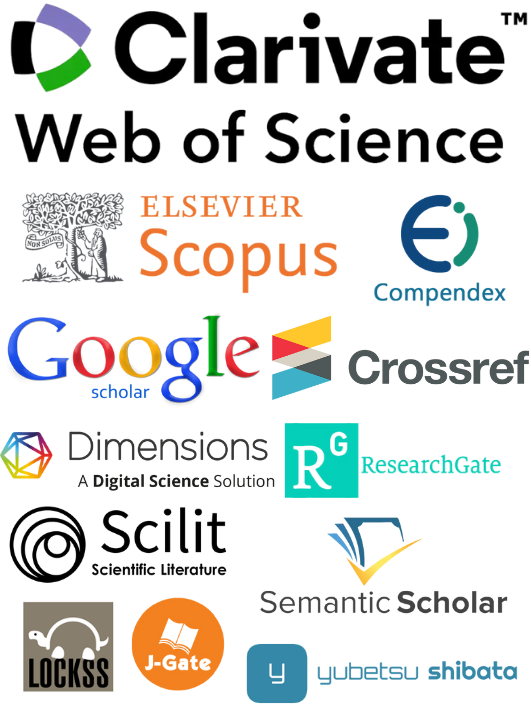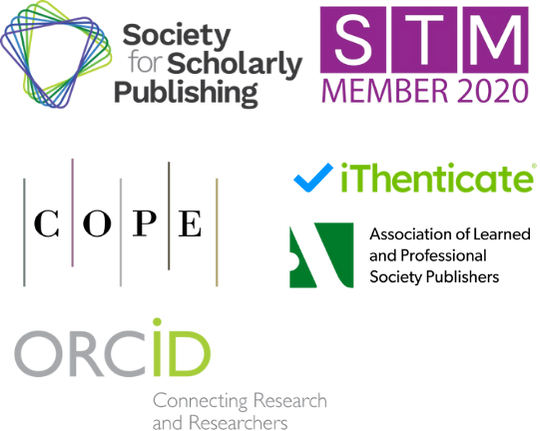Application of Artificial Intelligence in Inventory Decision Optimization for Small and Medium Enterprises: An Inventory Management Strategy Based on Predictive Analytics
DOI:
https://doi.org/10.71222/9ga77829Keywords:
artificial intelligence, inventory management, small medium enterprises, predictive analyticsAbstract
Small and medium enterprises (SMEs) face significant challenges in inventory management due to limited resources and dynamic market conditions. This research investigates the application of artificial intelligence technologies to optimize inventory decisions for SMEs using predictive analytics. The study develops a comprehensive AI-driven inventory management system that integrates machine learning algorithms with traditional inventory control theories. Through experimental validation using real-world SME data, the proposed framework demonstrates substantial improvements in inventory turnover rates and cost reduction. The research proposes a novel predictive analytics architecture specifically designed for resource-constrained environments, addressing key limitations of existing inventory management systems. Results indicate that AI-enabled inventory strategies can enhance operational efficiency by 34% while reducing inventory holding costs by 28%. The findings provide practical insights for SME decision-makers seeking to implement AI technologies in their inventory management processes. This research advances the understanding of AI applications in supply chain optimization for small business environments.
References
1. T. Huynh-The, Q. V. Pham, X. Q. Pham, T. T. Nguyen, Z. Han, and D. S. Kim, “Artificial intelligence for the metaverse: A survey,” Eng. Appl. Artif. Intell., vol. 117, p. 105581, 2023, doi: 10.1016/j.engappai.2022.105581.
2. M. C. Agistina, R. Ginting, and M. Thariq, "Digital marketing communication transformation in small medium enterprise product marketing during the COVID-19 pandemic," 2023, p. 71.
3. N. Singh and D. Adhikari, “AI in inventory management: Applications, challenges, and opportunities,” Int. J. Res. Appl. Sci. Eng. Technol., vol. 11, no. 11, pp. 2049–2053, 2023, doi: 10.22214/ijraset.2023.57010.
4. J. Wang and P. Wang, "Research on the path of enterprise strategic transformation under the background of enterprise reform," Mod. Econ. Manag. Forum, vol. 6, no. 3, pp. 462-464, 2025, doi: 10.32629/memf.v6i3.4035.
5. A. Pangarso, K. Sisilia, R. Setyorini, Y. Peranginangin, and A. A. Awirya, “The long path to achieving green economy per-formance for micro small medium enterprise,” J. Innov. Entrep., vol. 11, no. 1, pp. 1–19, 2022, doi: 10.1186/s13731-022-00209-4.
6. C. Zhang and Y. Lu, “Study on artificial intelligence: The state of the art and future prospects,” J. Ind. Inf. Integr., vol. 23, p. 100224, 2021, doi: 10.1016/j.jii.2021.100224.
7. B. Wu, "Market Research and Product Planning in E-commerce Projects: A Systematic Analysis of Strategies and Methods," Acad. J. Bus. Manag., vol. 7, no. 3, pp. 45–53, 2025, doi: 10.25236/AJBM.2025.070307.
8. S. Xu, “Intelligent optimization algorithm for chain restaurant spatial layout based on generative adversarial networks,” J. Ind. Eng. Appl. Sci., vol. 3, no. 3, pp. 32–41, 2025, doi: 10.70393/6a69656173.333031.
9. Y. Jiang, X. Li, H. Luo, S. Yin, and O. Kaynak, “Quo vadis artificial intelligence?,” Discover Artif. Intell., vol. 2, no. 1, p. 4, 2022, doi: 10.1007/s44163-022-00022-8.
10. Y. Guan, Y. Huang, and H. Qin, “Inventory management optimization of green supply chain using IPSO‐BPNN algorithm under the artificial intelligence,” Wirel. Commun. Mob. Comput., vol. 2022, p. 8428964, 2022, doi: 10.1155/2022/8428964.
11. X. Luo, "Immersive digital modeling and interactive manufacturing systems in the textile industry," J. Comput. Signal Syst. Res., vol. 2, no. 5, pp. 31–40, 2025, doi: 10.71222/jyctft16.
12. L. Kumar, F. Nadeem, M. Sloan, J. Restle-Steinert, M. J. Deitch, S. Ali Naqvi, and C. Sassanelli, “Fostering green finance for sustainable development: A focus on textile and leather small medium enterprises in Pakistan,” Sustainability, vol. 14, no. 19, p. 11908, 2022, doi: 10.3390/su141911908.
13. T. Mo, P. Li, and Z. Jiang, “Comparative analysis of large language models' performance in identifying different types of code defects during automated code review,” Ann. Appl. Sci., vol. 5, no. 1, 2024.
14. A. Cavallo, A. Ghezzi, and C. Rossi-Lamastra, “Small-medium enterprises and innovative startups in entrepreneurial eco-systems: exploring an under-remarked relation,” Int. Entrep. Manag. J., vol. 17, no. 4, pp. 1843–1866, 2021, doi: 10.1007/s11365-020-00698-3.
15. W. Liu, K. Qian, and S. Zhou, “Algorithmic bias identification and mitigation strategies in machine learning-based credit risk assessment for small and medium enterprises,” Ann. Appl. Sci., vol. 5, no. 1, 2024.
16. S. Yang, "The Impact of Continuous Integration and Continuous Delivery on Software Development Efficiency," J. Comput. Signal Syst. Res., vol. 2, no. 3, pp. 59–68, Apr. 2025, doi: 10.71222/pzvfqm21.
17. J. H. Korteling, G. C. van de Boer-Visschedijk, R. A. Blankendaal, R. C. Boonekamp, and A. R. Eikelboom, “Human-versus artificial intelligence,” Front. Artif. Intell., vol. 4, p. 622364, 2021, doi: 10.3389/frai.2021.622364.
18. D. Kaul and R. Khurana, “AI-driven optimization models for e-commerce supply chain operations: Demand prediction, inventory management, and delivery time reduction with cost efficiency considerations,” Int. J. Soc. Analyt., vol. 7, no. 12, pp. 59–77, 2022.
19. M. Wang and L. Zhu, “Linguistic analysis of verb tense usage patterns in computer science paper abstracts,” Academia Nexus J., vol. 3, no. 3, 2024.
Downloads
Published
Issue
Section
License
Copyright (c) 2025 Jialu Wang (Author)

This work is licensed under a Creative Commons Attribution 4.0 International License.



